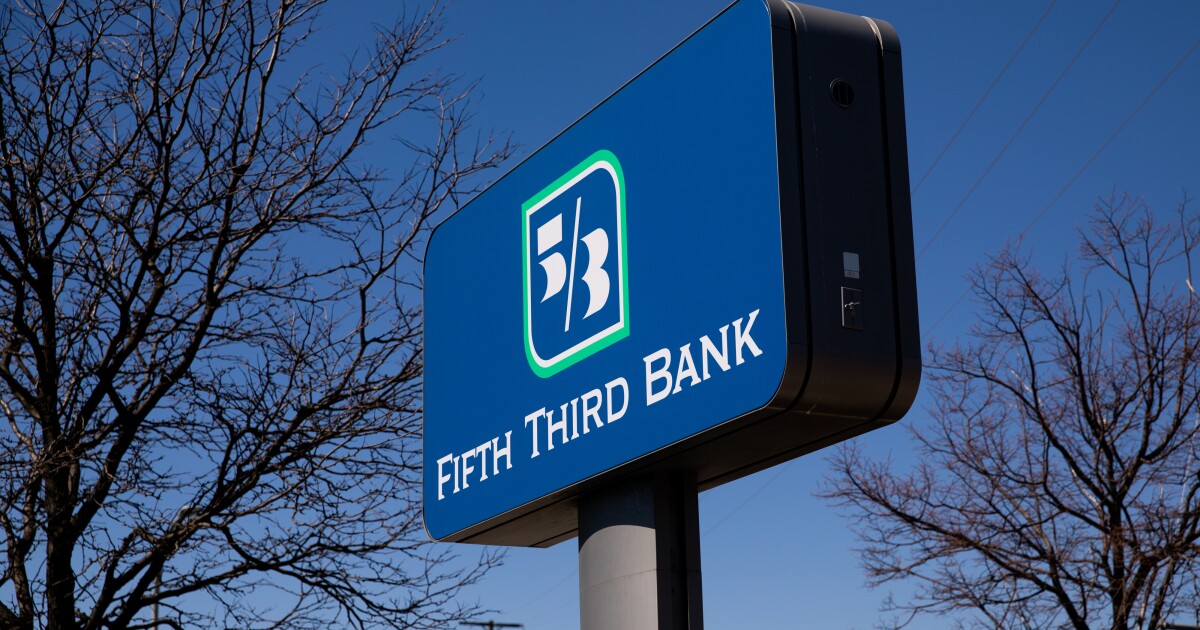Underpinning is a term you may have heard before, whether you’re a homeowner or looking for your forever home, but it brings with it a lot of questions.
You can’t build something without a strong foundation as a base and, of course, that is never more true than with your home. Underpinning can be part of this, so in this blog, we take a look at what it is and how it could help you.
How does underpinning work?
Underpinning is a process to ensure the stability of a building, acting as a solution to issues like subsidence.
Being used as a part of the initial construction of a building and any renovation, underpinning is when a structure, typically a house, is strengthened. It usually occurs when the existing foundation is no longer strong and secure enough.
It can be done in several different ways, the four main being:
The beam and base method
Where concrete beams are used to reinforce the structure, these beams will be added below the original footing or they’ll replace it completely.
Strengthening of the soil
The injection of a specific type of grouting or a structural resin foam into the ground below the home to combat weaker soil or earth.
Mass concrete method
Also known as a mass pour, this is the process of creating box-shaped holes (at a specific depth) underneath the property’s foundations and then filling them in with concrete. A construction crew may use this method when your home’s foundations are too shallow.
Piling
When the mass concrete method isn’t possible as the excavation is too deep, a builder may use this method. This will be the use of screw piles and brackets to reinforce the foundation of a property.
Why might a house need to be underpinned?
As mentioned above, there are multiple underpinning methods that can be used on your home if necessary but, naturally, you may be wondering what to look out for before you get to that point.
Though a lot of these reasons are out of your control, remaining informed is the best action you can take to ensure they don’t become a bigger issue in the future.
These are the main reasons for underpinning:
- Subsidence: When the ground underneath a property begins to sink and pulls the foundation down too. This typically happens when the ground becomes too dry or too wet, causing the earth and the foundations below your home to shift. If you look out for cracks and uneven surfaces in your property, you can usually catch it before it becomes a major issue
- Structural changes : If you plan on adding a new floor or extension to your home, it’s best to consider the strain this may put on your property’s foundations and talk to your builder about this (but they will most likely have already started considering this)
- Property age: If the building is older, the original foundation may begin to weaken. While many older properties were truly built to last, underpinning may still be useful to help reinforce the existing structure.
- Natural causes: Us Brits are quite lucky when it comes to extreme weather conditions, but we do still get flooding, droughts, and the occasional earthquake. Though rare, especially if you don’t live in an at-risk area, these can cause a foundation shift that will then require underpinning. For those living in an at-risk flood area, there are precautions you can take to prevent extreme damage to your property’s structure.
How much does it cost to underpin a house?
The cost of underpinning a house will vary depending on the property’s size, location, and need for underpinning (the condition of your home’s structure), but it can range between £5,000-£25,000 for the average home. Builders will quote for the job per metre squared with piling being the most expensive method.
What should you do if you think your home needs underpinning?
Caught the early signs of subsidence or just think your home may need underpinning? No problem, the process isn’t as complicated as you might think.
You can contact a structural engineer so they can look at your home and its foundation. They will be able to assess your situation and then guide you through the next steps.
If in doubt, always seek professional advice and guidance.
Can you get insurance for an underpinned home?
At Adrian Flux, we understand that for those with underpinned properties, it can be unnecessarily hard to get insurance for your home. That’s why we offer underpinned house insurance policies for all types of homes – even for listed buildings and holiday homes.
Call us on 0800 369 8590 for a quote or book a callback at a time that suits you.
Publisher: Source link











